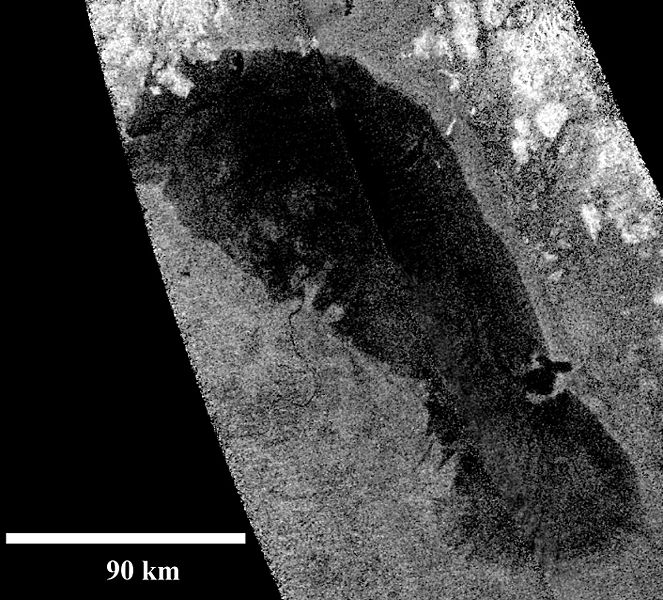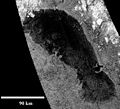|
تضامنًا مع حق الشعب الفلسطيني |
ملف:Cassini-OntarioLacus-RADAR.jpg
اذهب إلى التنقل
اذهب إلى البحث

حجم هذه المعاينة: 663 × 600 بكسل. الأبعاد الأخرى: 265 × 240 بكسل | 531 × 480 بكسل | 849 × 768 بكسل | 1٬132 × 1٬024 بكسل | 1٬411 × 1٬276 بكسل.
الملف الأصلي (1٬411 × 1٬276 بكسل حجم الملف: 329 كيلوبايت، نوع MIME: image/jpeg)
تاريخ الملف
اضغط على زمن/تاريخ لرؤية الملف كما بدا في هذا الزمن.
| زمن/تاريخ | صورة مصغرة | الأبعاد | مستخدم | تعليق | |
|---|---|---|---|---|---|
| حالي | 22:08، 22 يوليو 2010 |  | 1٬411 × 1٬276 (329 كيلوبايت) | commonswiki>36ophiuchi~commonswiki | {{Information |Description={{en|1= This RADAR-image of Ontario Lacus, the largest lake on the southern hemisphere of Saturn's moon Titan, was obtained by NASA's Cassini spacecraft on Jan. 12, 2010. North is up in this image. Objects appear bright |
استخدام الملف
ال1 ملف التالي مكررات لهذا الملف (المزيد من التفاصيل):
- ملف:Cassini-OntarioLacus-RADAR.jpg من ويكيميديا كومنز
الصفحة التالية تستخدم هذا الملف:

